Olive Young - Daehakro Branch [Tax Refund Shop] (올리브영 대학로점)
3.2Km 2024-06-27
1F~3F, 237, Changgyeonggung-ro, Jongno-gu, Seoul
-
Moguchon Sutbulgalbi (목우촌숯불갈비)
3.2Km 2021-03-18
49-1, Seonggyungwan-ro, Jongno-gu, Seoul
+82-2-3672-2867
This is a Korean cuisine located in Jongno-gu, Seoul. A restaurant serving charcoal-grilled meat. The best menu at this restaurant is grilled boneless beef ribs.
Hangukgwan (한국관)
3.3Km 2021-03-18
40, Seonggyungwan-ro, Jongno-gu, Seoul
+82-2-764-6953
A great restaurant for group dinners. The best menu at this restaurant is Grilled Beef Ribs. This is a Korean cuisine located in Jongno-gu, Seoul.
Ilsong Kalguksu (일송칼국수)
3.3Km 2021-03-18
44, Seonggyungwan-ro, Jongno-gu, Seoul
+82-2-765-0880
This is a Korean cuisine located in Jongno-gu, Seoul. A store serving dishes at low prices. The best menu at this restaurant is noodle soup with clams.
ARA Therapy (아라테라피)
3.3Km 2017-07-22
11-1, Baekbeom-ro, Mapo-gu, Seoul
+82-2-711-1176
Ara Therapy offers excellent health care services and a cozy ambience at a reasonable price to all kinds of customers such as couples, family, and friends, regardless of age and gender. Services include foot-bathing and a free cup of healthy tea. Visitors can relieve their fatigue, listening to classical music at this comfortable resting area.
Seoul Tower Plaza (서울타워 플라자)
3.3Km 2016-08-18
105, Namsangongwon-gil, Yongsan-gu, Seoul
N Seoul Tower used to be the tower for broadcasting transmission and the bottom levels of the tower have restricted access to authorized staff only. Since the remodeling to the Seoul Tower Plaza in 2015, these levels are now opened the public. Visitors to the Seoul Tower Plaza building can also enjoy the terrace that is installed to serve as a walking trail for leisure walks. A beautiful panoramic view of Seoul can also be seen from 243m in x_height. at the summit of Namsan Mountain.
Namsan Seoul Tower Hanbok Culture Experience Center (남산서울타워 한복문화체험관)
3.3Km 2021-03-16
105, Namsangongwon-gil, Yongsan-gu, Seoul
Namsan Seoul Tower Hanbok Culture Experience Center is located in the lobby level (B1) of Seoul's landmark Namsan Seoul Tower. The center is designed around the theme of the Joseon dynasty, and features both large photo zones and hanbok of various styles, ranging from traditional to modern and even wedding.
Innisfree - Daehangno Branch [Tax Refund Shop] (이니스프리 대학로)
3.3Km 2024-04-19
51, Daehak-ro 11-gil, Jongno-gu, Seoul
-

![Daiso - Sinchon Branch [Tax Refund Shop] (다이소 신촌)](http://tong.visitkorea.or.kr/cms/resource/50/2878350_image2_1.jpg)
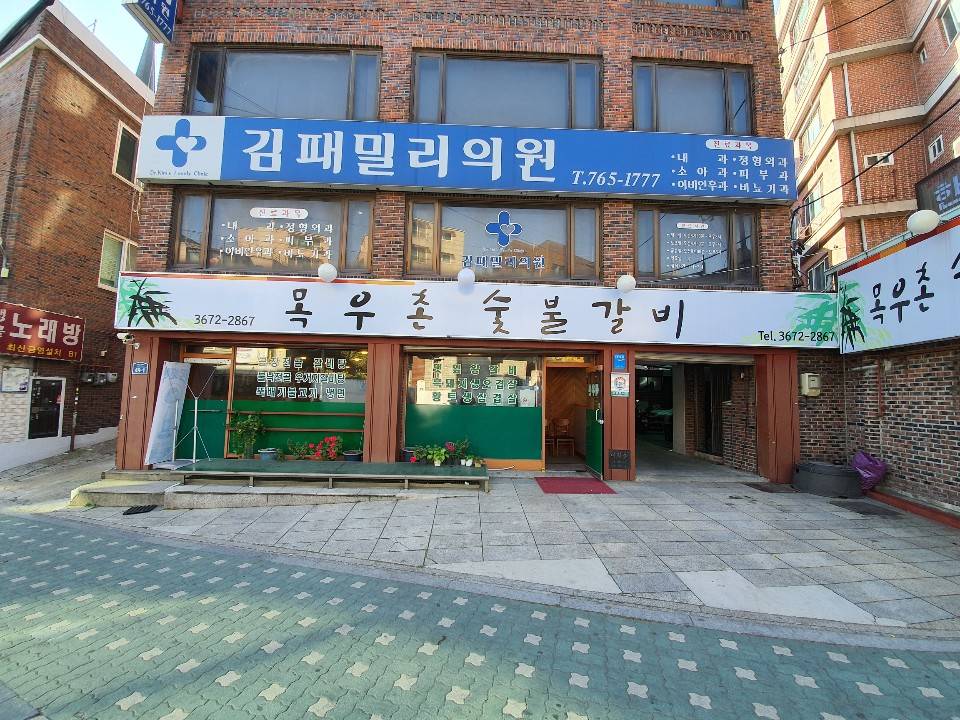
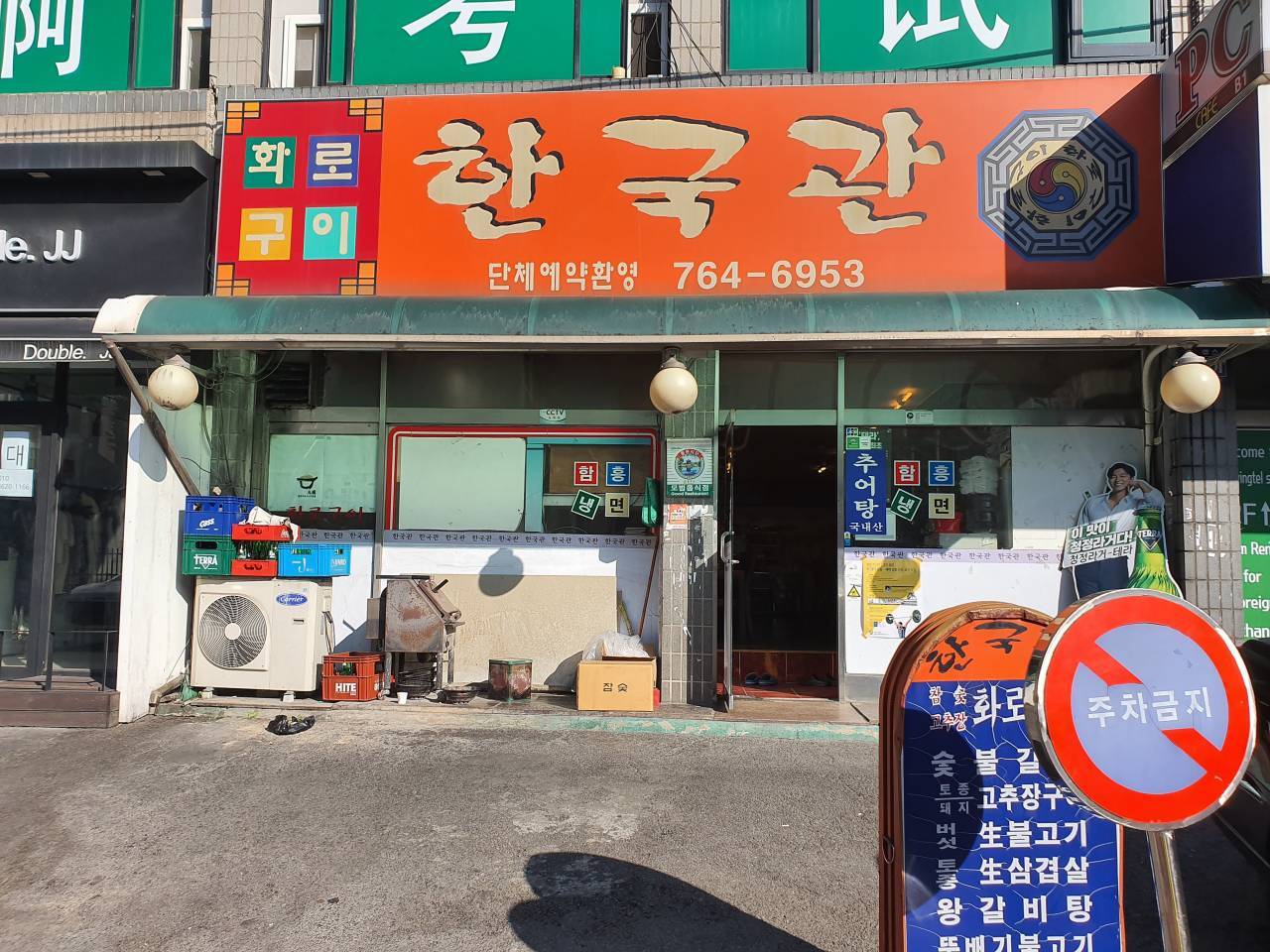
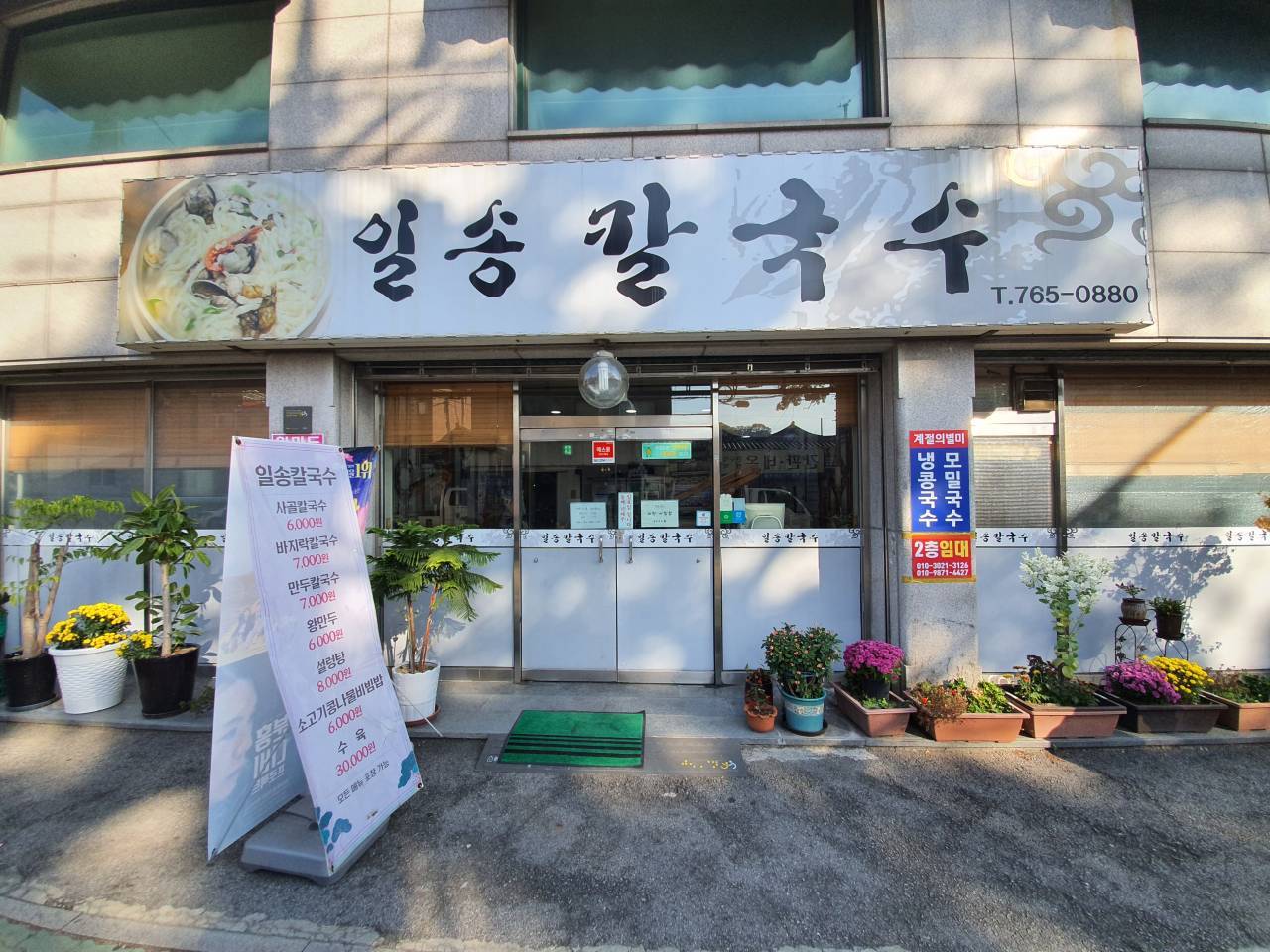
![5F N Gift [Tax Refund Shop] (5F N기프트)](http://tong.visitkorea.or.kr/cms/resource/40/2878440_image2_1.jpg)
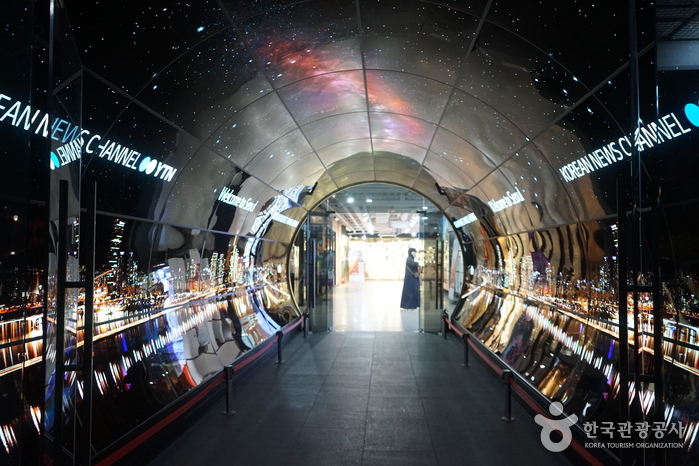
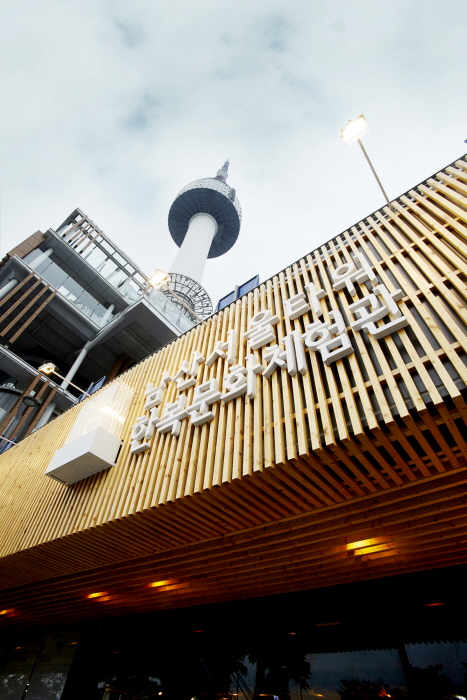
![Innisfree - Daehangno Branch [Tax Refund Shop] (이니스프리 대학로)](http://tong.visitkorea.or.kr/cms/resource/84/2878184_image2_1.jpg)
 English
English
 한국어
한국어 日本語
日本語 中文(简体)
中文(简体) Deutsch
Deutsch Français
Français Español
Español Русский
Русский